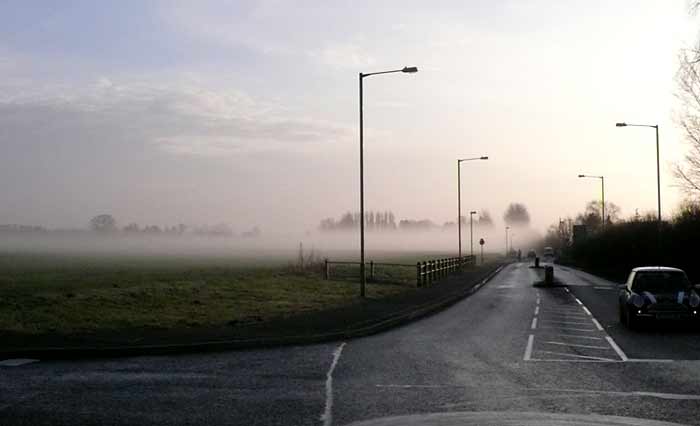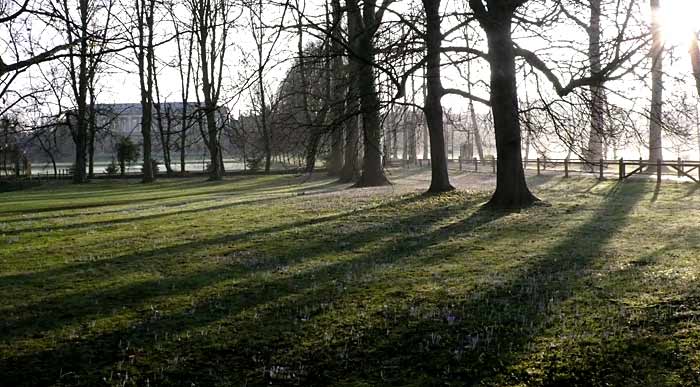Interesting Guardian piece ny Nick Carr…
Last week, after years of taking a fairly laissez-faire attitude toward Googlebombing, Google decided to put an end to the popular sport. It incorporated into its search engine a Googlebomb-sniffing algorithm that somehow manages to identify and neutralise any concerted effort to skew search results for a word or phrase.
Googlebombing was amusing at first, but it got old fast. So I’m perfectly happy that Google is giving it the heave-ho. It’s like scrubbing graffiti off the side of a subway car.
But there’s a deeper story here, and it lies in Google’s explanation for why it finally decided to defuse Googlebombs. You might assume the company was acting out of a desire to present better results, or to counter internet vandalism, or simply to serve the public interest. But you’d be wrong.
What drove Google to act was its fear that Googlebombing was tarnishing its painstakingly controlled image.
One of the company’s top engineers, Matt Cutts, explained the move on a Google blog: “Because these pranks are normally for phrases that are well off the beaten path, they haven’t been a very high priority for us. But over time, we’ve seen more people assume that they are Google’s opinion, or that Google has hand-coded the results for these Googlebombed queries. That’s not true, and it seemed like it was worth trying to correct that misperception.”
Good piece. Comes to the right conclusion too.
Google’s software has become much more complicated over the years.
Its search engine operates according to an array of sophisticated and secret algorithms crafted by the company’s brilliant coders.
It’s a machine that’s been tweaked to do precisely what Google instructs it to do, even if that might mean filtering results to protect the company’s reputation.
Google may have good in its heart. It may, for the time being anyway, be fighting on our behalf to bring order to a chaotic internet. But let’s not forget that Google’s machine is not our machine. It’s Google’s, for better or worse.




